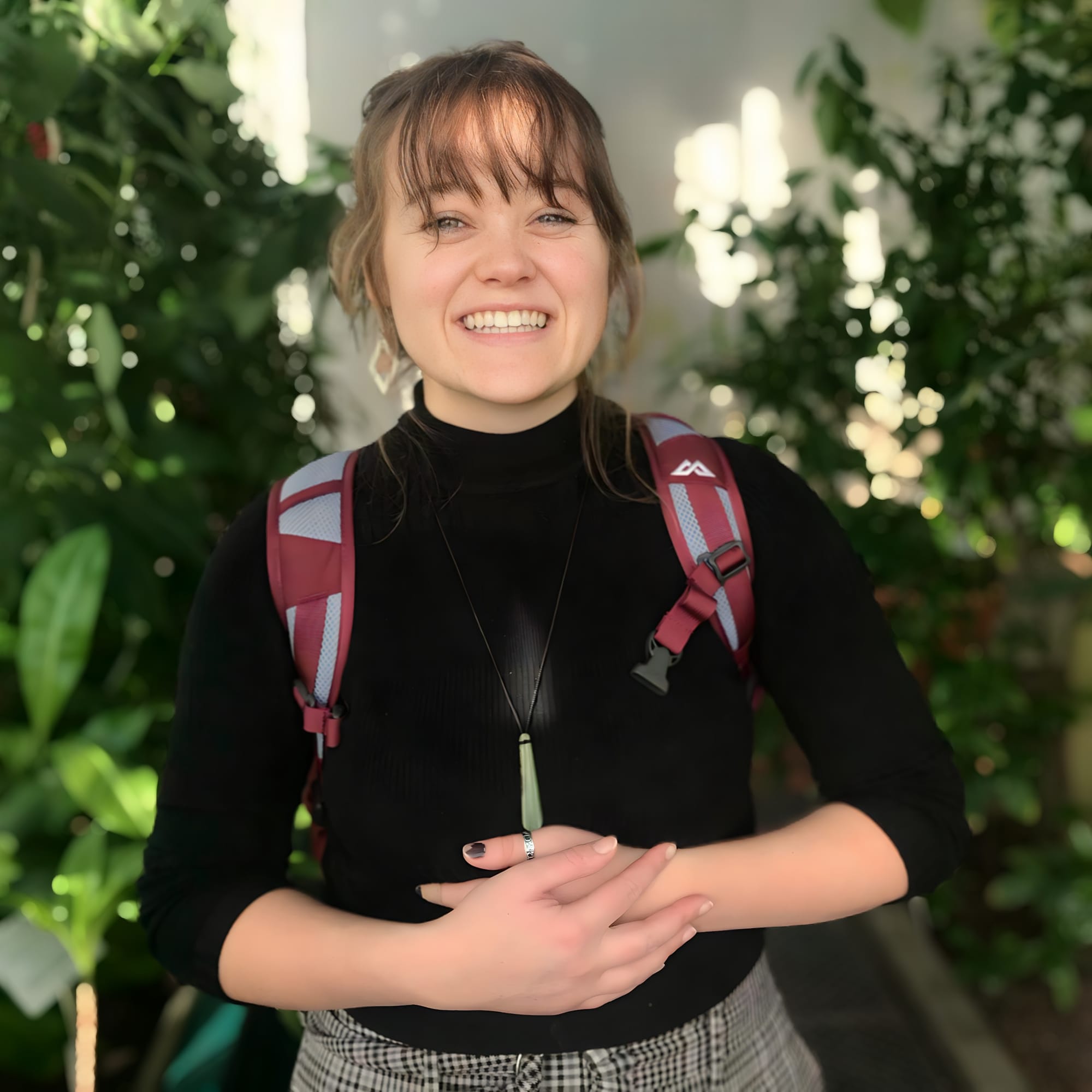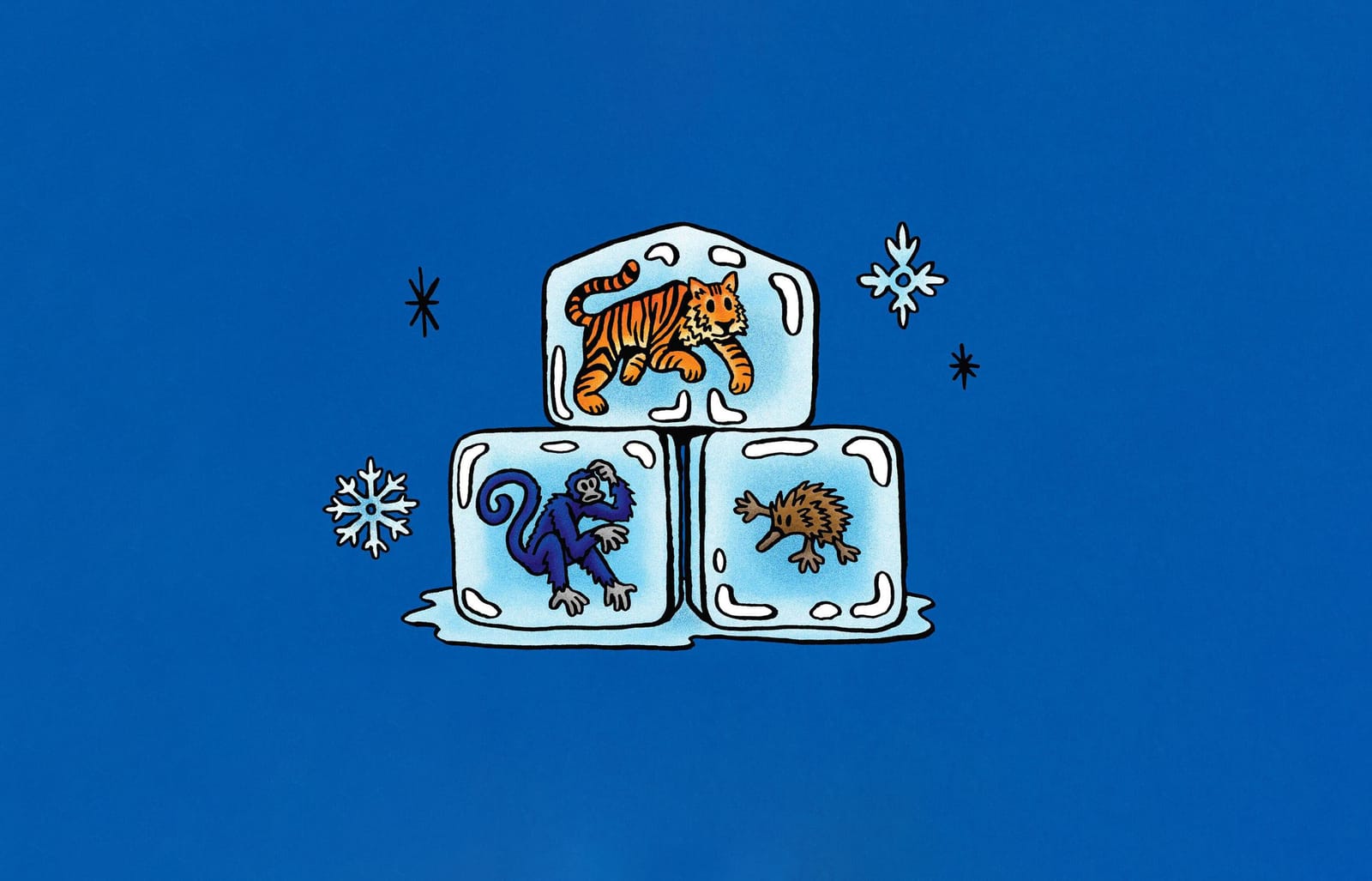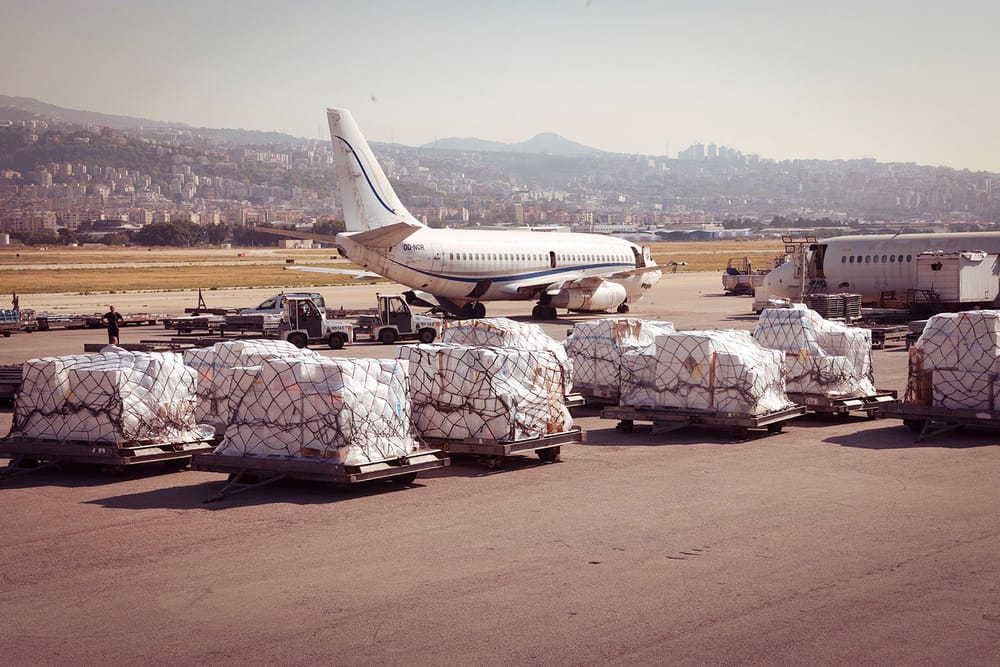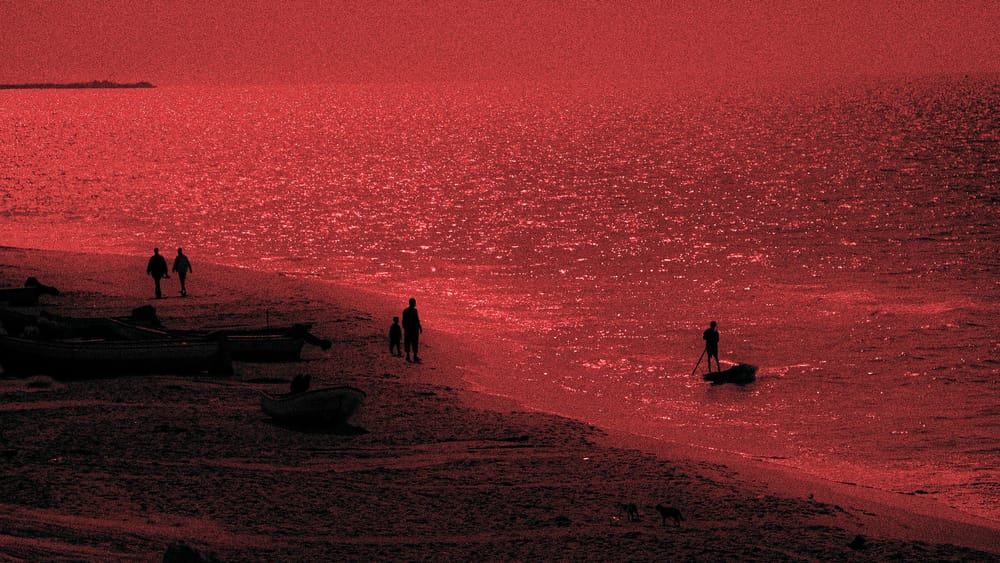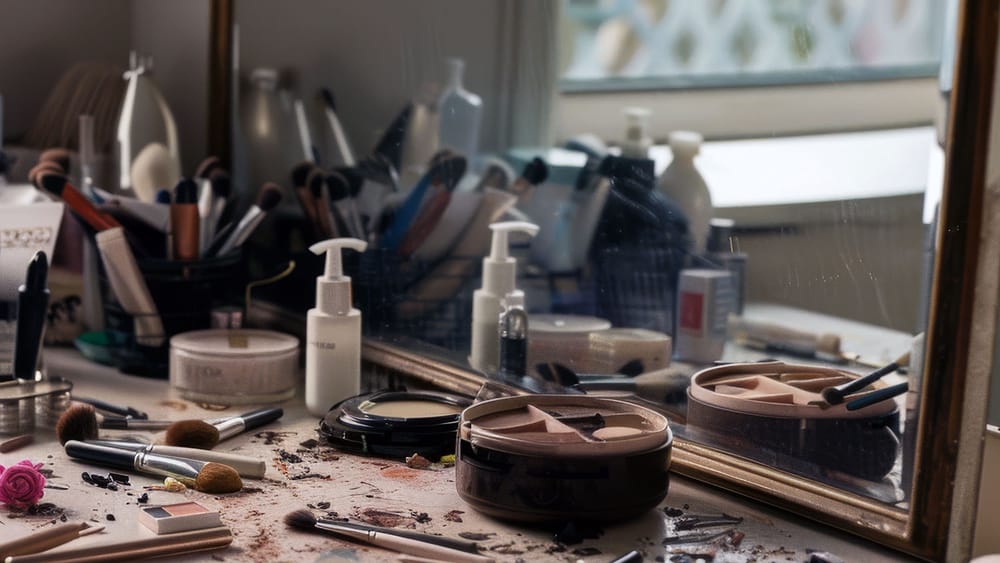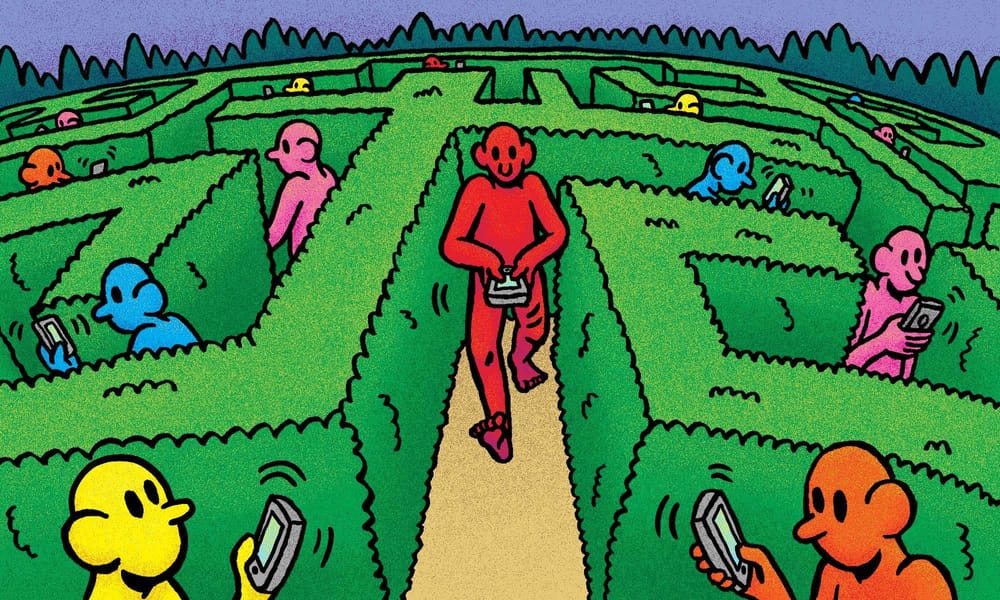Modern problems require modern solutions. The new frontier of solution-based innovation lies in the field of biotechnology. Bioinnovators: The Humans At The Forefront Of Biotech is a series of interviews with the organisations and entrepreneurs at the forefront of changing the world through biotechnology. With each interview, we hope to shine the light on conscious innovators and trailblazers across the globe who are using the natural world, combined with modern technological innovations, to find new solutions to the world’s most pressing problems.
The Frozen Ark is a United Kingdom-based initiative with a vision to safeguard the genetic material of endangered species across the world. Described as a “frozen zoo,” the initiative collects and stores samples from both wild and domestic animals facing extinction. This information can then be used to build the knowledge of future scientists and, hopefully, help revitalise conservation approaches. Additionally, the Frozen Ark strives to increase public awareness through outreach programmes and their social media presence. We spoke with Professor Mike Bruford, interim director of the Frozen Ark and a professor at the School of Biosciences at Cardiff University, about the history of the initiative, the importance of biological diversity and the role we can all play in the future of conservation.
Editor’s Note: Since the publication of this interview, Professor Mike Bruford, former Interim Director of The Frozen Ark and a professor at Cardiff University, has sadly passed away. His contributions to conservation science and his work with The Frozen Ark continue to inspire. We are grateful for the insights he shared with us, which remain a valuable part of his legacy.
We are interviewing you for our theme Biotech For Change, so how do you personally understand the term ‘biotechnology’ and how does The Frozen Ark use biotechnology for conservation?
Biotechnology in the broadest sense is a scientific discipline that uses biological material or systems to solve real-world problems and create opportunities for scientific advancement. Some people define its end goal as being the creation of “products,” but we interpret it more broadly as the creation of resources. Biobanking and the Frozen Ark uses biological material to create resources available for multiple applications, including the creation of biological derivatives (high quality genetic material) for the conservation of endangered species, basic scientific research and understanding, and yes, potentially the application of that research towards creating products and services for agriculture, medicine and sustainable development.
What inspired the creation of The Frozen Ark?
The Ark was created by Professor Bryan Clarke, Dr Anne Clarke and Professor Anne McLaren as a response to the imminent extinction of a number of snail species that Bryan was studying in the Society Islands in the South Pacific. Bryan decided that it would be important to collect material from which genome sequences could be produced prior to the extinction of these species, so that at least their genome sequence would be available to humanity after the species had died out. The Ark grew from this idea and was established in 2004.
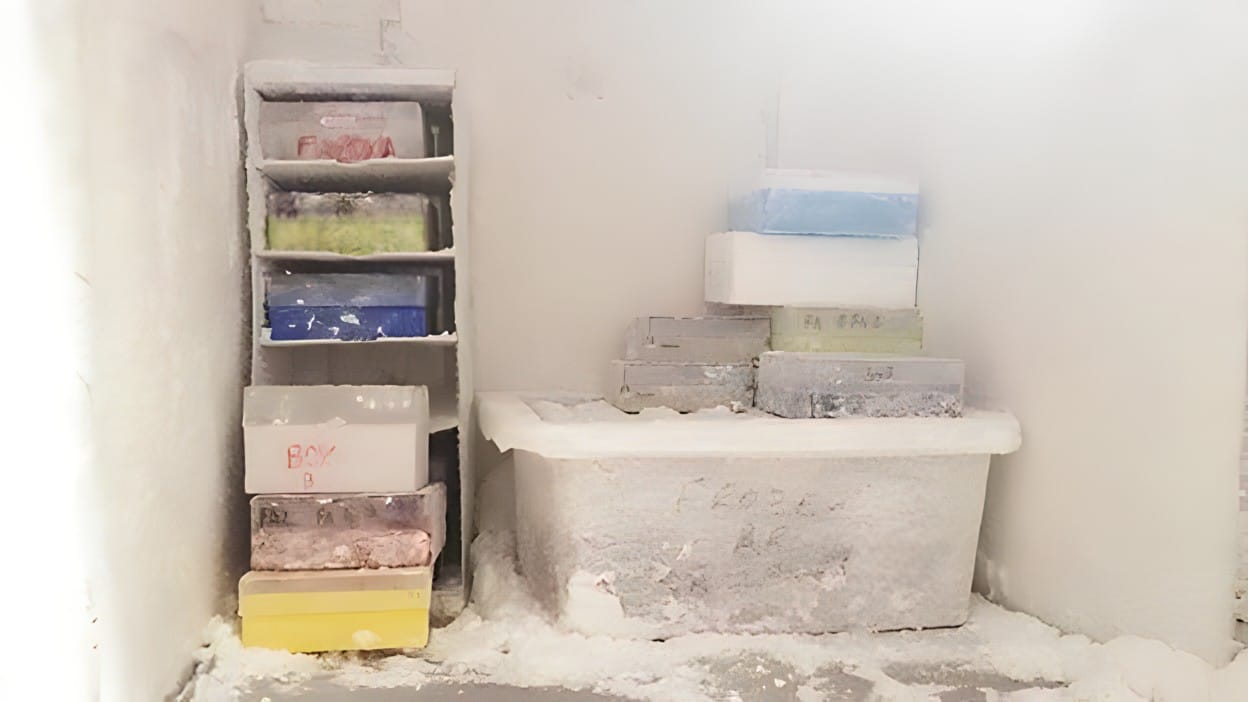
What is the importance of biological diversity?
It is becoming increasingly clear that biological diversity underpins ecosystem integrity and the resilience of all life on earth. More biodiverse systems tend to be healthier and more able to absorb shocks in the environment, such as man-made climate change.
Can you please tell us a little about the history of biobanks and how they work?
Biobanks were originally established to preserve human tissues for medical research (for example, through cancer cell banks). Non-human animal biobanks didn’t really become operational until the 1970s, and they provide material to biologists, researchers and conservationists so that they can better understand the biological properties of particular species. Biobanks provide material for this work. Individual researchers will request material for their work and if approved are provided with the genetic resource they need (tissue, DNA, etc.).
How do you determine the species stored in your biobanks?
This depends on the biobank. The Frozen Ark focuses on endangered species, has a worldwide remit (not just the UK, where we are based) and especially pays attention to the lesser-known or less charismatic endangered species (such as snails and other invertebrates) that are less well-represented in other animal biobanks.
Can this technology be used to restore species that have already gone extinct? If yes, how, and if not, could this be a future possibility as technology advances?
Not yet, but it may become possible through stem cell technology, genome editing and other reproductive methods. We do not advocate relying on these technologies, though, because they are unproven in wild species, because there are huge ethical issues around reintroducing genetically modified species to the wild and because we think conservation efforts should first focus on the species we still have, before they go extinct.
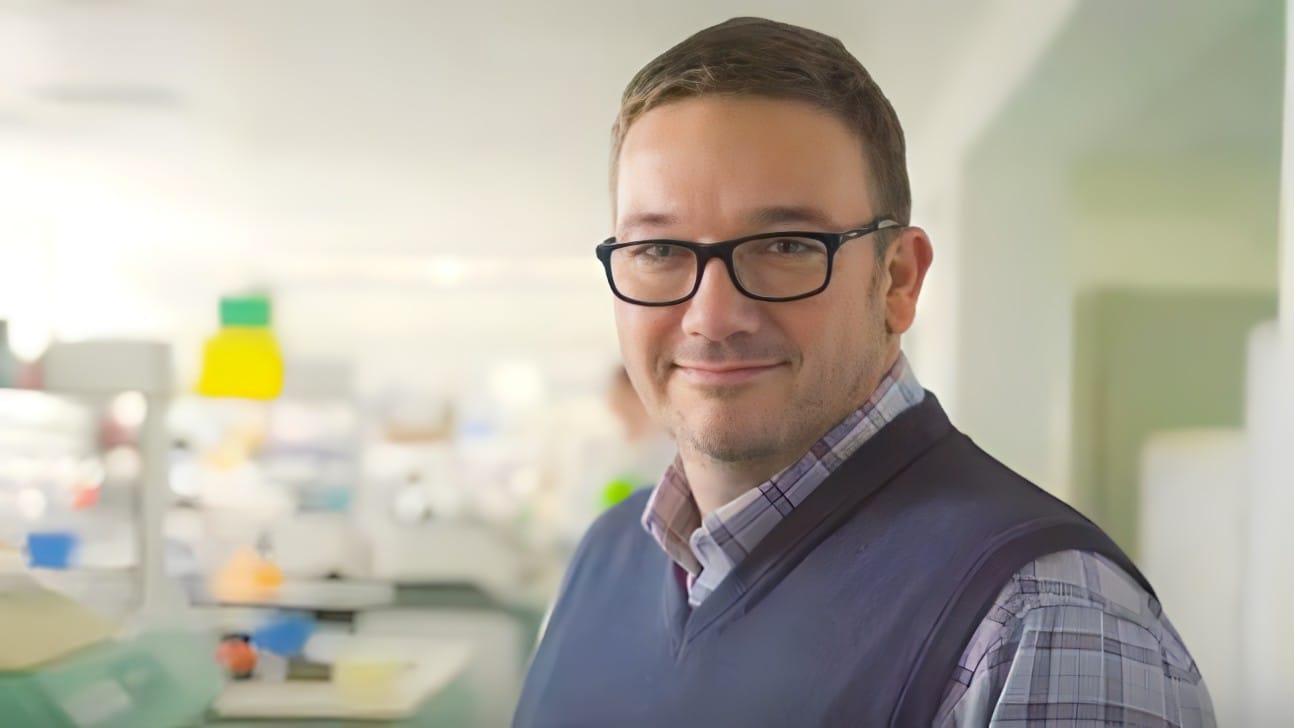
There is a lack of urgency among the general public, companies and world leaders about our dwindling biodiversity and the impending, almost inevitable sixth mass extinction. How feasible is it to prevent this disaster with the current advances in the field of conservation and what could be the consequences if we fail to prevent it?
Most scientists think the sixth mass extinction is upon us; it is not impending—it is already here. The problem is that if the world’s governments are not acting sufficiently quickly on climate change, it is hard to see how they will do something different for the equally important biodiversity crisis. So all the advances in the field of conservation will not be enough unless we persuade our governments that they must act now to stop the extinction crisis. As already mentioned, the consequences of not addressing these problems are not just for biodiversity itself but for human wellbeing (for example, food provision through pollinators, clean water provision and to mitigate against climate change through carbon sequestration). Ecosystem collapse will have dire consequences for humanity as well as the rest of the planet’s natural world.
How does The Frozen Ark combat this apathy and create awareness about the urgent need for conservation?
We do a lot of outreach through programs with schools, and an active social media presence. We try to reach the youngest members of society that we can to reconnect them with nature and instil a sense of wonder at the natural world and create the next generation of advocates for wildlife.
Can you speak to the initiative’s proudest achievement, or at least yours?
I think we are very proud of our role in encouraging and helping to develop biobanking activities in developing countries. We operate a federated partnership, whereby we provide advice and support for biobanks wishing to become established across the world. This can be very difficult in the Global South, where resources are tight and cryopreservation presents a big logistical challenge. Partnering with developing biobanks and helping them with sample prioritisation and acquisition is the biggest role we can play, especially as the genetic material they hold must remain the property of the country in which the species they conserve are found.
How can people interested in the initiative provide support or get involved?
Please advocate for conservation of all kinds, not just ecosystems and species, but also genetic diversity (the biodiversity that makes all of us different!). Genetic diversity gets overlooked in conservation and yet, as Charles Darwin knew, it forms the raw material to allow species to evolve and adapt into the future—very important and the world undergoes rapid environmental change. Follow us on social media and if you are able, even a small donation helps, for example by sponsoring a DNA sample!


